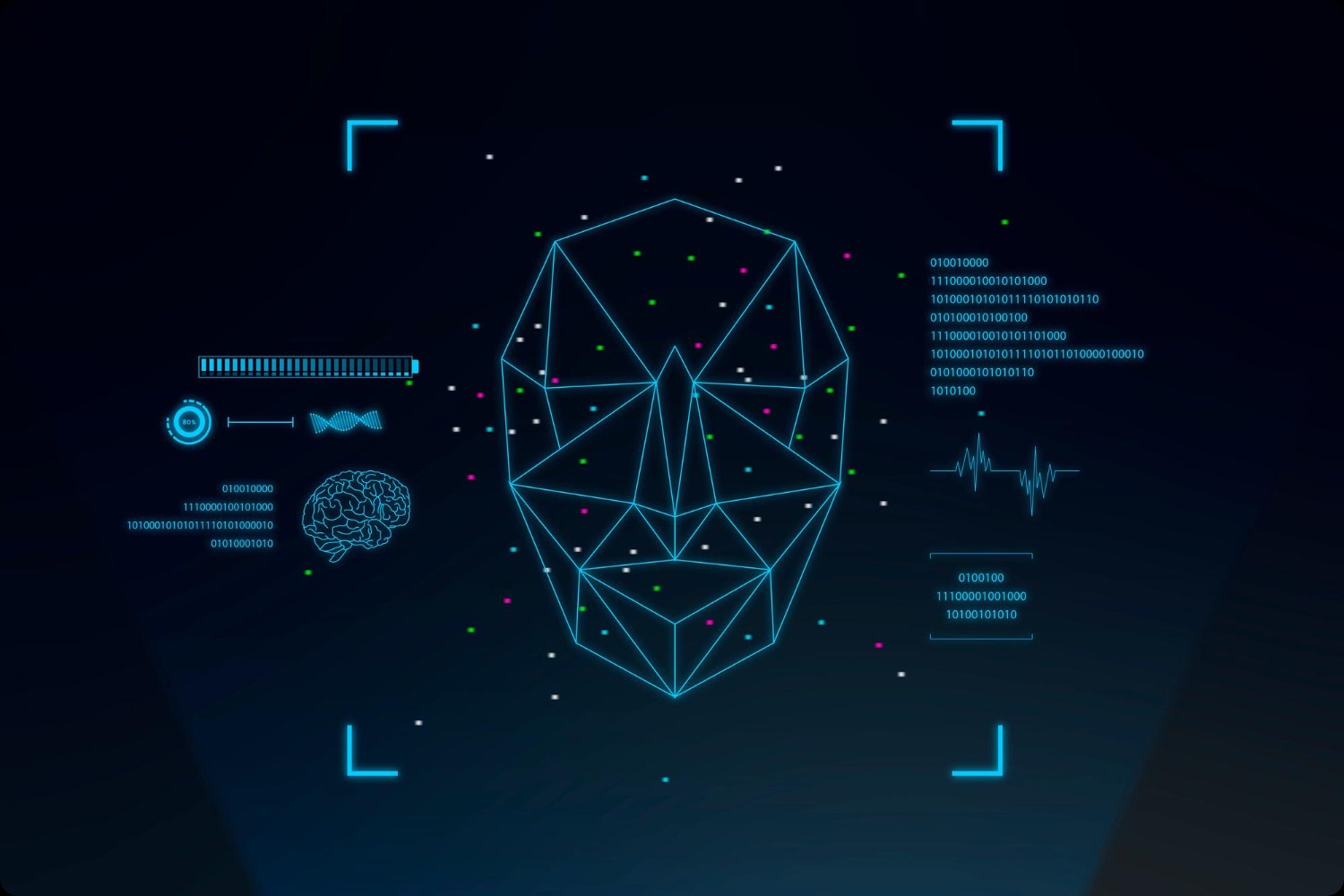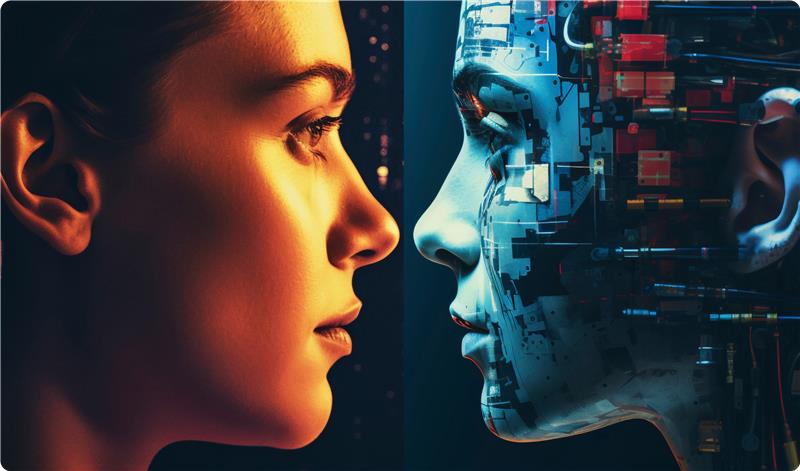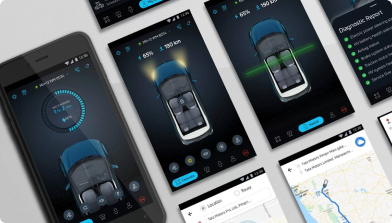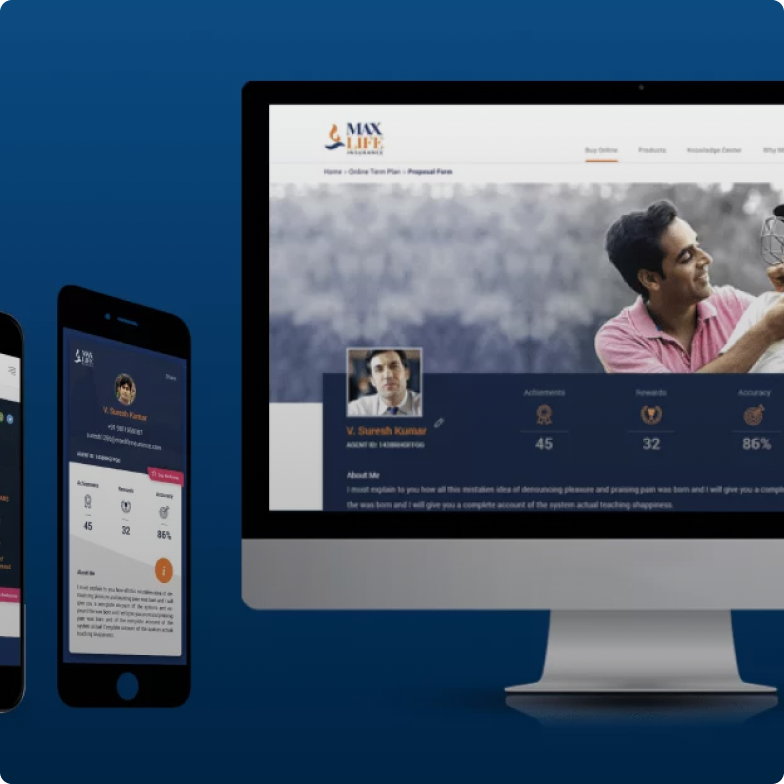
Artificial intelligence has entered its next defining phase — the Agentic Era. This shift goes beyond buzzwords — toward AI systems that act driving goals, making decisions, and learning with minimal human prompting. The real question for businesses isn’t what agentic AI is, but how it makes a difference.
At yuj — Global UX Design Company — we’re not theorizing about that future; we’re building it. Through our DesignMind, we’re designing intelligent agents that reshape how teams work, create, and deliver value — where UX design becomes the bridge between human intent and autonomous intelligence.
From Assistive to Agentic: What Businesses Actually Gain
The leap from reactive AI to proactive, goal-driven systems opens new possibilities for operations and user experiences. Agentic AI amplifies human capability — freeing people from routine coordination to focus on strategy, creativity, and innovation.
Here’s how this transformation is playing out across industries:
- Intelligent Workflow Orchestration
Instead of automating a single step, agentic systems manage entire workflows — assigning tasks, resolving dependencies, and preventing blockers.
For instance, an agentic design assistant can anticipate bottlenecks, align resources, and initiate collaboration sessions — not because it was asked to, but because it recognized a risk in the pipeline. - Hyper-Personalized Experiences
Personalization isn’t about knowing what users clicked last week — it’s about understanding their evolving intent. Agentic systems learn from ongoing interactions, anticipate needs, and adapt interfaces dynamically, transforming customer journeys into living experiences. - Adaptive Enterprise Operations
In complex environments, agentic AI brings real-time adaptability — optimizing resources, logistics, and workflows. It monitors variables, simulates outcomes, and acts proactively to keep operations a step ahead.
Designing the Agentic Experience: Where UX Evolves
The shift to agentic systems fundamentally changes UX. Designers are no longer crafting static flows; they’re orchestrating relationships between humans and autonomous systems.
Now, the challenge isn’t usability — it’s trust, transparency, and co-agency.
Within DesignMind, our teams are creating frameworks that let users delegate goals confidently while maintaining oversight and control. Key principles include:
- Oversight with Clarity:
When systems act autonomously, visibility is non-negotiable. We design interfaces that show what an agent is doing, planning, and why — with clear “pause,” “redirect,” and “explain my action” controls. - Transparency that Builds Trust:
Trust grows from clarity, not complexity. Our interfaces highlight agent activity through visual cues — signalling when an agent is learning, acting, or awaiting input. Behavior previews show intended actions before execution, letting users confirm or modify them. - Collaboration by Design:
The most powerful experiences emerge when humans and agents co-create. Through intuitive delegation, users define the “what,” while agents determine the “how.” Our designs make these transitions seamless and natural.
The DesignMind Approach: Where Design Meets Intelligence
DesignMind explores how design thinking shapes emerging technologies — not just to make them usable, but meaningful. Within this initiative, UX designers, AI researchers, product strategists, and developers collaborate to build systems grounded in human context.
Our focus areas include:
- Human-Centered Autonomy: Every agent begins with an understanding of human goals and ethical boundaries.
- Responsible Intelligence: Explainability and fairness are built into the design layer, ensuring accountability.
- Adaptive Experience Frameworks: Prototypes evolve dynamically, learning from both user behavior and agent feedback.
This approach ensures agentic systems don’t just function, they fit naturally into human workflows and decision-making.
Turning Challenges into Design Opportunities
Integrating autonomous systems into real-world environments isn’t simple. Legacy infrastructures, data silos, and compliance hurdles are real — but we treat them as design challenges, not barriers.
Our teams design mechanisms to:
- Surface Explainability: Helping users understand why an agent made a decision.
- Safeguard Oversight: Creating intuitive controls that maintain confidence and prevent runaway automation.
- Embed Ethics and Fairness: Ensuring transparency, inclusion, and equity from the ground up.
This mindset turns complexity into opportunity, where design leads technology, not the other way around.
The Future of UX in the Agentic Era
As agentic AI matures, UX will evolve from designing interfaces to designing interactions between intelligences — human and artificial.
Designers will become system choreographers, crafting relationships of mutual understanding and trust. The future won’t be about static screens but dynamic systems that anticipate needs and act responsibly.
At yuj, we believe this is not just an evolution of design,it’s an evolution of how humans and intelligent systems collaborate. Organizations that thrive will see agentic AI not as a replacement, but as a partner in progress.
Through DesignMind, we’re shaping this new paradigm, where design empowers intelligence, and intelligence amplifies creativity.
The Agentic Era is here. The question now isn’t what AI can do — it’s what we can design it to do — together.
Explore how we’re building agentic systems that drive real business impact






